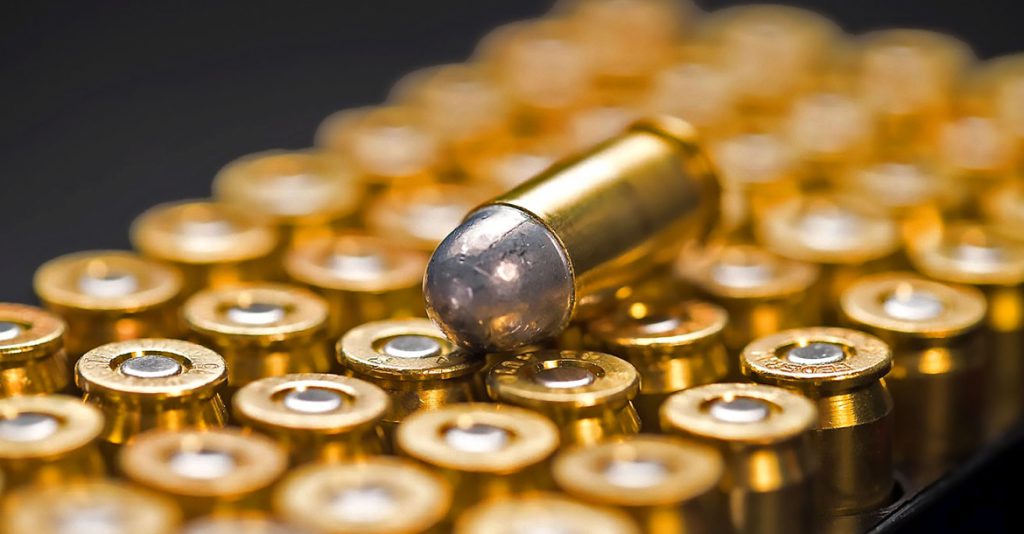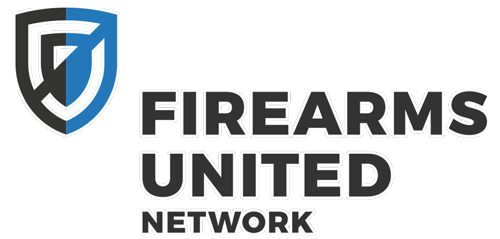
Here is a short summary of ECHAs ANNEX XV Investigation Report: „A review of the available information on lead in shot used in terrestrial
environments, in ammunition and in fishing tackle”
We analyzed it to understand why the EU wants to ban shooting sports through #EUAmmoBan. This article contains the arguments that will be used against your hobby.
Scope of ECHAs proposed #EUAmmoBan:
1. the use of lead in ammunition (shot and bullets) for hunting in terrains outside of wetlands (i.e. in terrestrial environments) and for target shooting 3 outside of wetlands;
2. the use of lead sinkers and jigs for fishing.
So you can see, its pretty much bye bye lead ammunition – should ECHA have its way…
The main arguments for ECHAs #EUAmmoBan:
– Health risks posed by lead to humans through the consumption of game meat (lead contaminates meat near wound channel).
– Large-scale contamination of wetlands with thousands of tonnes of lead disposed annually from the use of lead gunshot for is clear.
– lead poisoning of waterbirds through the ingestion of spent lead pellets results in the mortality of approximately one million waterbirds per year in the EU.
– The use of lead gunshot in terrestrial/wetland areas can lead to the lead poisoning of various species in terrestrial areas, including predators and scavengers affected through secondary poisoning (predator eats prey that has elevated lead levels or hunters leave intestines with lead shot to nature where other animals consume it)
– Home ‘casting’ of various types of lead-based fishing tackle/bullets for recreational anglers/shooters appears, based on the predominance of online retailers, to be widespread. The risks of this practice could also be addressed by further regulatory action.
– Shooting ranges using lead shot represent a significant risk of soil contamination in terrestrial areas, and risk contaminating nearby (ground) water sources in the EU.
– Alternatives to lead gunshot ammunition are available (mainly steel, bismuth and tungsten as with lead in shot in wetlands). (Note: Funny – nobody is banning cars, even though most people can walk…)
– There could be an added value in setting minimum risk management measures (RMMs) for lead exposure and emission control at shooting ranges.
– Because lead is bad: Lead is a toxic heavy metal – non-threshold substance, having negative effects on general health, reproduction and behavior.
ECHA Paper – The “Assumptions”, Lies and Missing Data:
These are arguments that you can use – and weaponize – when you contact your members of parliament. Courtesy of Firearms United Network.
– In Denmark and Netherlands, there are already total bans on lead gunshot in place that effectively protect consumers as well. Therefore, ECHA assumes that it is feasible that a similar ban is implemented in other EU countries. ECHA also claims that Sweden, Norway and California have lead bans which is not true; lead is restricted in hunting but not in sportshooting.
– No impact assessment: A detailed analysis of the economic impacts of substitution in terrestrial areas has not been carried out for the purposes of this report.
– Most arguments are not true for sport shooting (non-pellets).
– Estimates of bird mortality have been “questimated”, the total number of lead is also “questimate”, there is no solid estimate on how much lead shot is dispersed and where.
– Firearms technical expertise is missing and leads to severe false assumptions: ECHA states that “suitable alternatives are available and thus there is no need to replace existing guns”. This is not true with bullets due weight and barrel twist. ECHA just skips the whole impact of rebarreling firearms. Also historical firearms can not be rebarreled. Some guns can not be “replaced” due to EU Gunban in some countries.
– There is no difference made for ammunition in sportshooting use and ammunition used for hunting, nor have these two been properly analyzed as different use cases. Impact for hunters have been studied but sportshooter shoots annually whole lot more and therefore the cost difference is significant. In short a detailed analysis per use case of the economic impacts of (lead) substitution (alternatives) in terrestrial areast has not been carried out for the purposes of this report. While according to ECHA “lead-core and non-lead bullets cost about the same at the retail level” statement is true or not – it can only be true as long as the current market balance is in place. When lead is not available then also the substitute materials get more expensive either because of increased demand or diminishing supply.
– The report has some really questionable sources: “Lead-based ammunition is considered to be the most significant unregulated source of lead deliberately emitted into the environment in the EU”. This claim is backed by “Group of Scientists 2014” which has no functional reference.Some studies used are really old (as in 1939). Some statements are based on US datawhere gun/hunting culture is quite different than in EU.
– ECHA uses the ban of lead in wetland area as an excuse for ban in terrestrial areas by stating “Although mallards are waterbirds, it is likely that also terrestrial
species might be similarly affected.”. Yes – the impacts of lead are the same in water birds and terrestrial birds, IF terrestrial birds digest lead in similar volumes, which they have not proved.
– All lead concentration in humans does not come from eating game meat or firing guns. There are other sources for elevated lead values and it is quite challenging to define what is caused by lead in ammunition and what is caused by something else.
– The number of shooting ranges that may represent a serious source of soil and groundwater/water contamination in the EU is not known.
– ECHA does not have enough information about lead in bullets: Lead may constitute a health risk at firing ranges. However, this as such may not necessarily warrant action in terms of a restriction on the use of lead bullets.
Firearms United – Editors Opinion:
Lead is bad for you. You should not eat lead. Specifically, you should not eat pickled lead, because that is super bad for you. Stick with crayons.
Now, talking seriously – also Tobacco is bad. Tobacco contains also lead, and radioactive materials as well. Nobody is talking about banning tobacco, because Tobacco industry can do some heavy weight lobbying.
The negative impacts of lead – what is used as an argument to drive the lead ban, can easily be mitigated and minimized with information campaigns and easy behavioral modifications. When people are aware of the impacts of the lead, they do try to minimize the impact. This can be for example washing your hands after range session, not eating in the shooting range (does someone still do this?!?), changing your clothes and shoes after range session to avoid contaminating inside your home and furniture with lead dust. Hunters could for example not leave the lead contaminated entrails into the nature for raptors to eat. Informed people use proper safety gear when casting bullets and so on. If someone really wants to restrict something – without infringing individual freedoms – how about doing impact assessment if game meat killed with lead ammunition could be sold commercially?
90% of the impacts and health hazards can be minimized through increasing awareness. All measures taken in democracy need to proportional.
This means that the state must not unnecessarily interfere with the individual rights of citizens and must not interfere more than is necessary.


 English
English Deutsch
Deutsch Italiano
Italiano Français
Français Español
Español suomi
suomi Polski
Polski Eesti
Eesti Português
Português Svenska
Svenska český
český